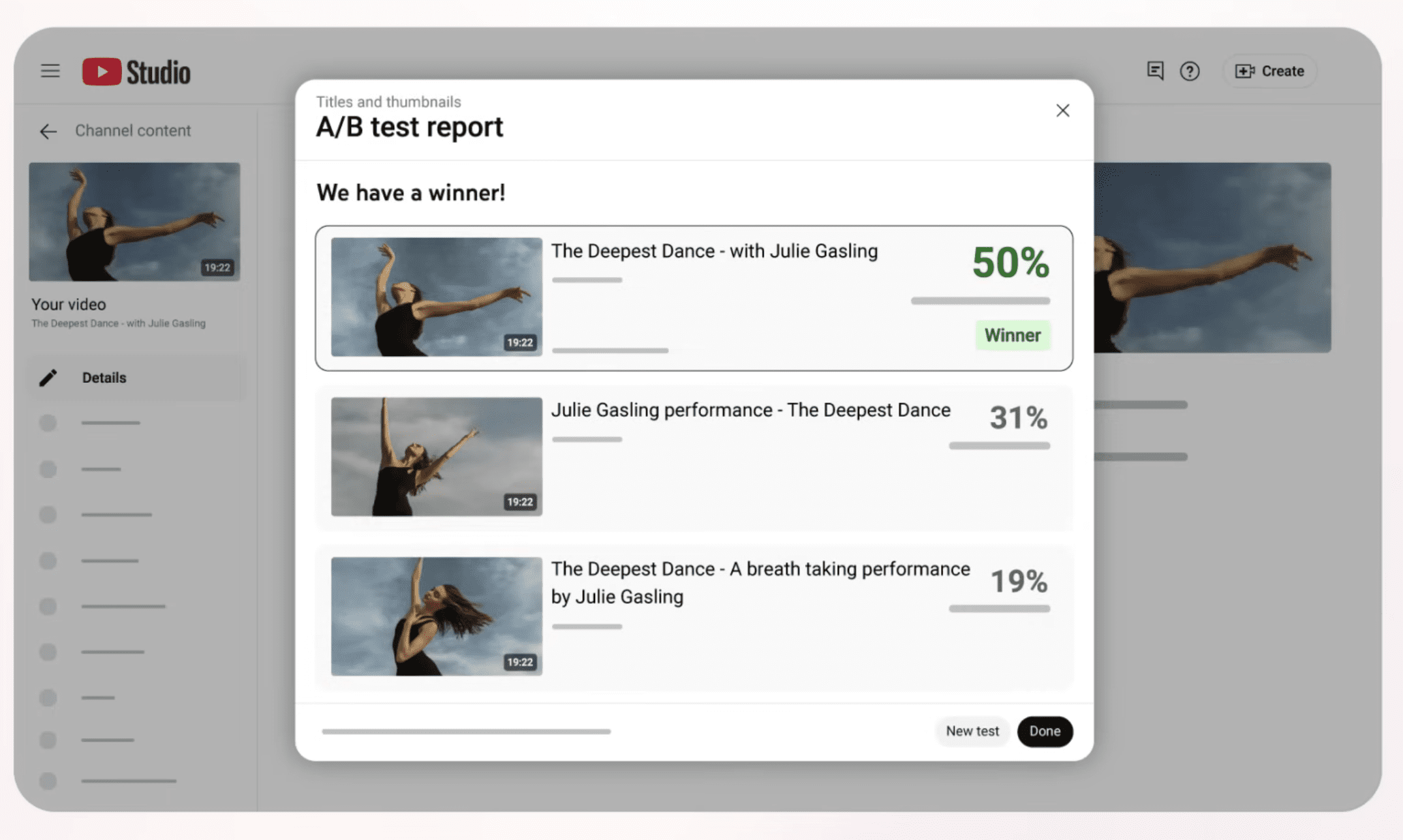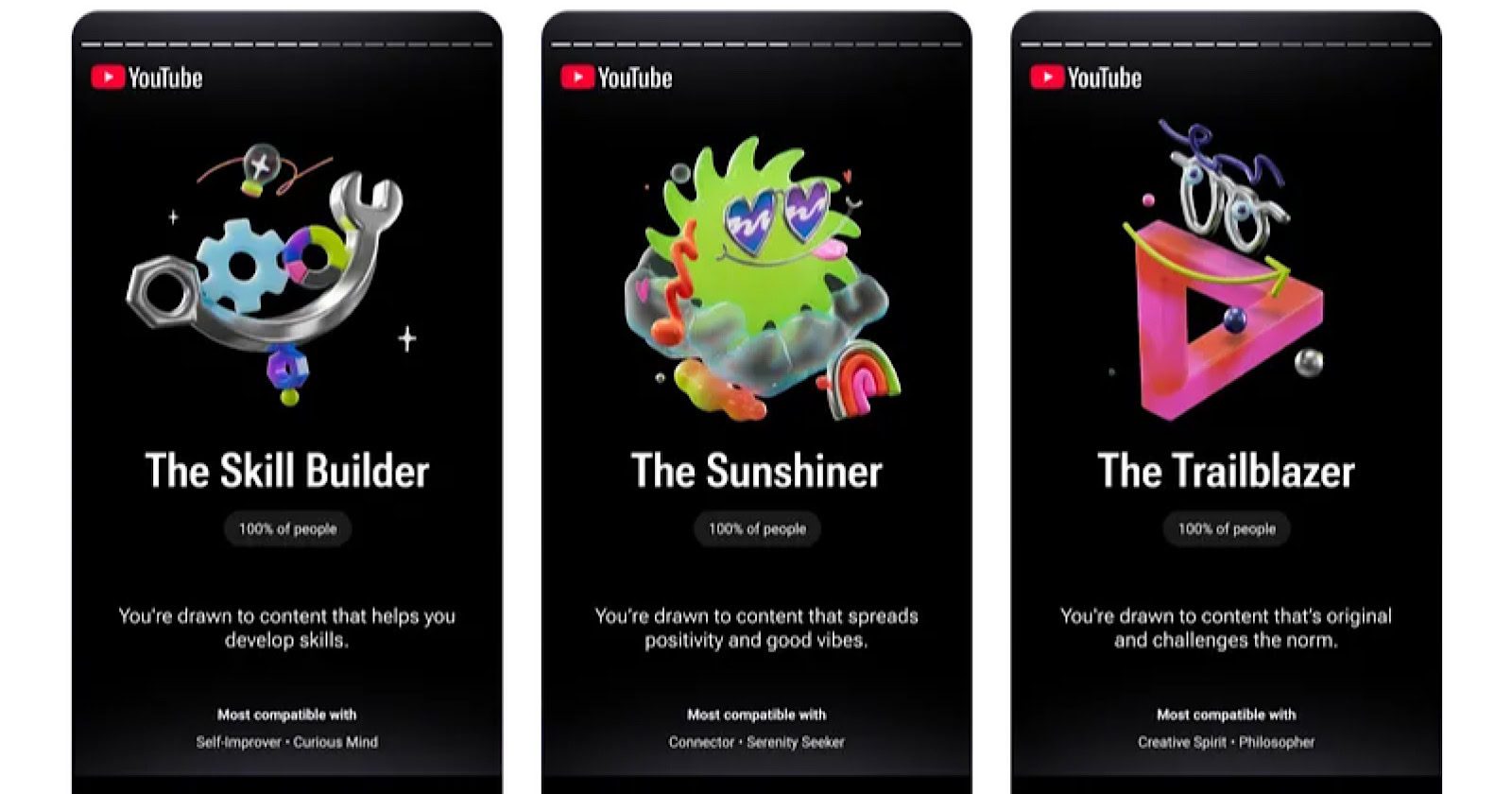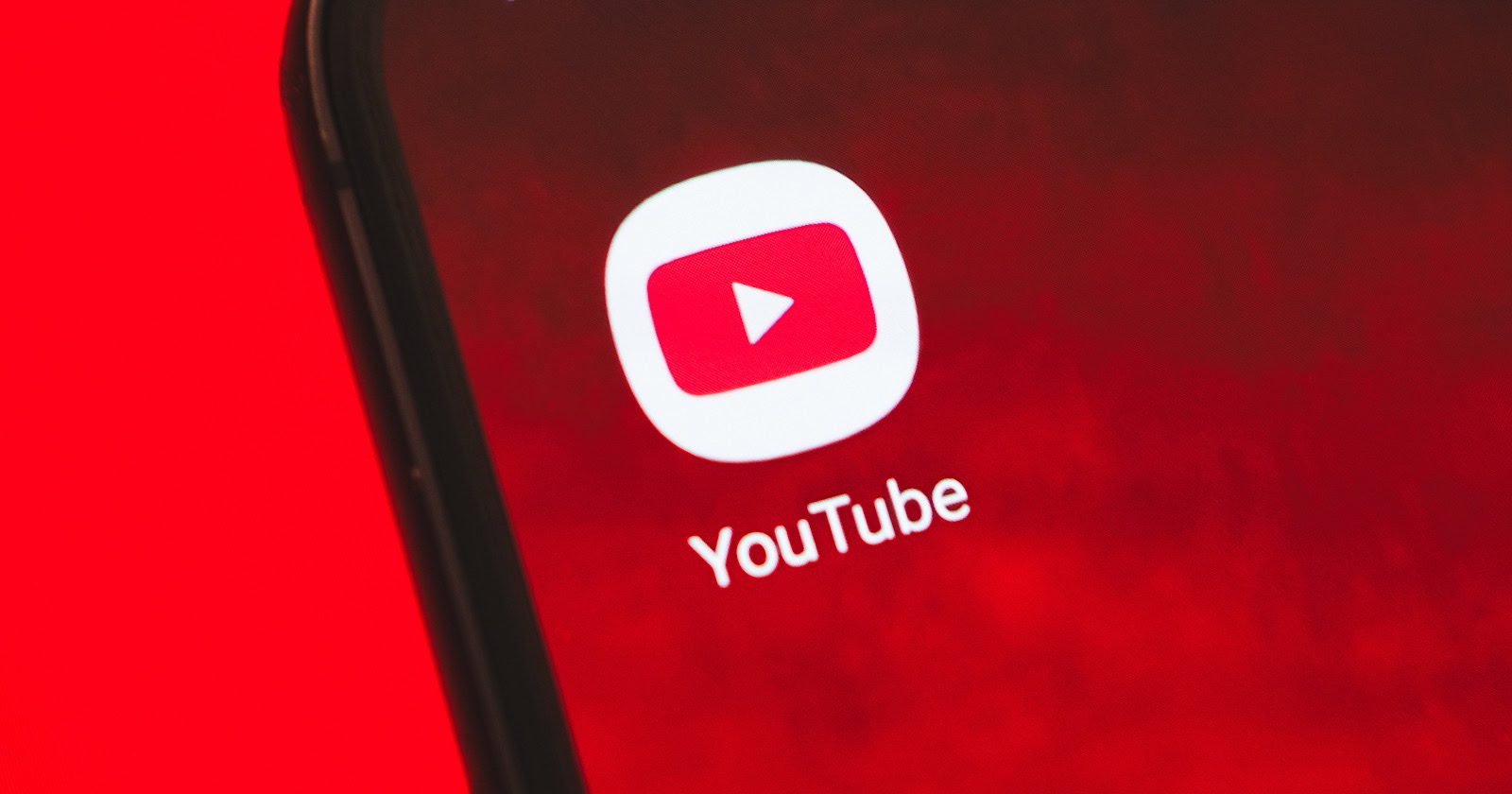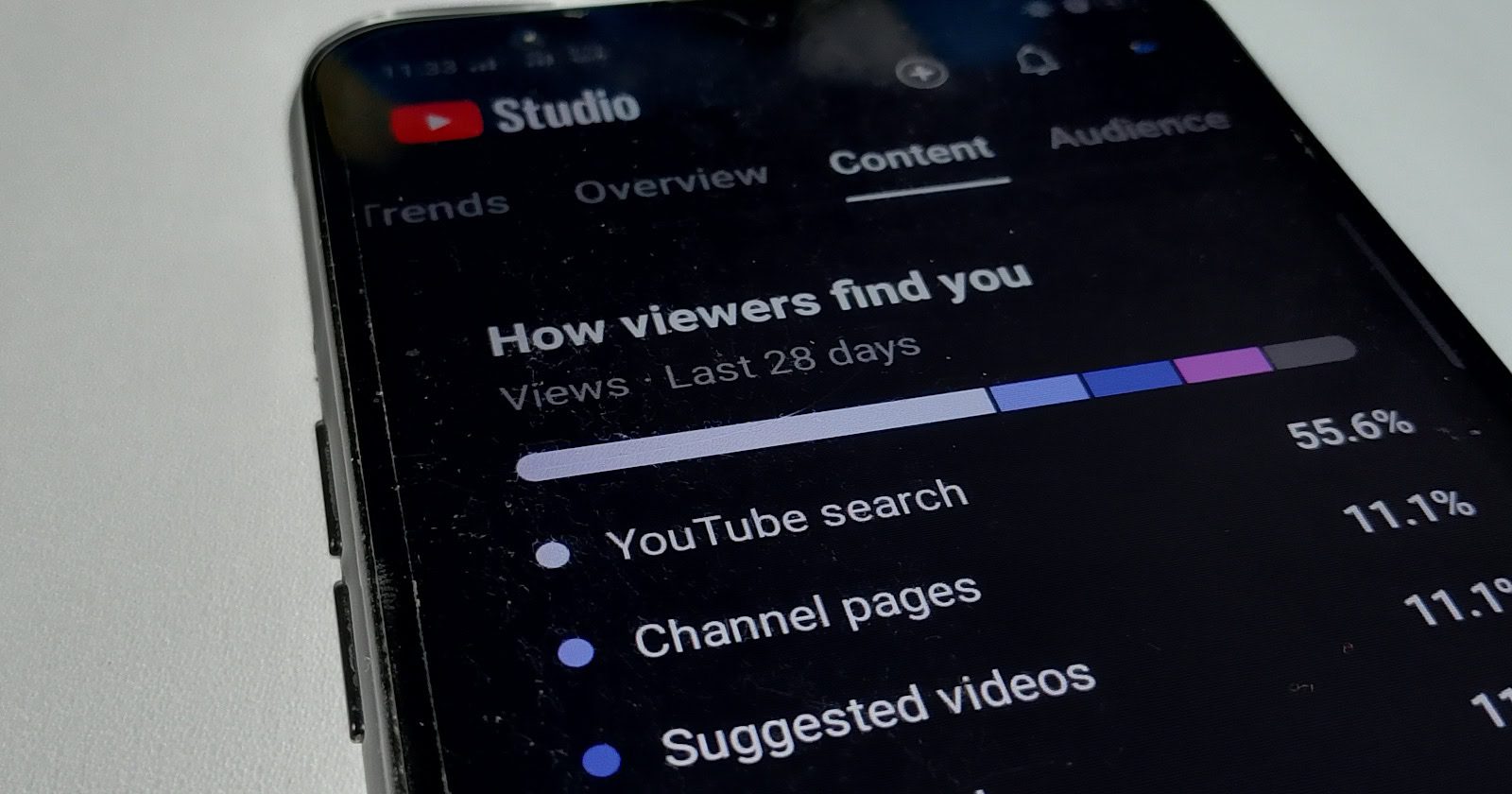Top 10 Emotionally-Engaging Holiday Ads Of 2025 (With A Bonus One) via @sejournal, @gregjarboe

Every December, brands battle for something far more valuable than views: emotional resonance. And according to new data from DAIVID, 2025 may be one of the strongest holiday seasons yet for emotionally engaging advertising across North America.
This year shows an acceleration of trends I’ve long argued shape effective holiday storytelling: nostalgia, warmth, joy, and authentic human narratives. These insights echo themes from my other articles on nostalgia marketing, John Lewis, and the full spectrum of 39 emotions that digital marketers can use to deepen engagement.
Let’s break down the list and analyze what each ad teaches us about crafting emotionally resonant creative.
1. Disney, Best Christmas Ever
Directed by Oscar winner Taika Waititi, Disney’s spot leads the 2025 list with a commanding emotional profile: It got 169% more adoration, 149% more nostalgia, 125% more warmth, and 115% more joy than the average U.S. ad.
The story, a young girl’s doodle magically comes to life after Santa mistakes it for a Christmas wish, pulls on the intersection of childhood imagination and holiday wonder.
This kind of warm, universal narrative aligns with what I’ve previously identified in nostalgia-driven campaigns, including the emotional DNA found in John Lewis’s best Christmas ads. Disney proves once again that if you can trigger both memory and magic, audiences respond.
Strategic takeaway: Emotional universality beats demographic targeting. A timeless story, well told, surpasses segmentation.
Score: 58.2% of viewers likely to feel intense positive emotions.
2. Chevrolet, Memory Lane
Chevrolet continues its tradition of leaning into family history, shared rituals, and Americana. “Memory Lane” is a deeply human piece, evoking the kind of reflective nostalgia that has long powered the auto industry’s strongest holiday ads.
This year’s showing demonstrates something I discussed in “Emotions Digital Marketers Can Use in Advertising”: nostalgia isn’t a single emotion. It’s a bundle (longing, warmth, appreciation, bittersweetness) all working together.
Strategic takeaway: When your product has a long lifecycle, storytelling should reference the past to add emotional depth to the present.
Score: 57.5% of viewers likely to feel intense positive emotions.
3. Subaru Support Charities Like Make-A-Wish When You Get A New Subaru
Subaru leans into purpose marketing, reinforcing its “Share the Love” identity. Charity-driven campaigns often rank high on DAIVID’s emotional indices, but Subaru’s strength is its consistency. The ad doesn’t feel opportunistic; it builds on years of brand equity in social good.
Strategic takeaway: Authenticity is measurable. Audiences can detect whether a brand’s social message aligns with its long-term behavior.
Score: 56.5% of viewers likely to feel intense positive emotions.
4. Publix, Merry Birthday From Publix
Publix has mastered the art of “quiet emotional power.” Its ads rarely rely on spectacle. Instead, they focus on family dynamics, cultural rituals, and everyday moments that feel lived in.
The 2025 entry blends two celebrations (Christmas and a birthday) into a single heartfelt narrative.
Strategic takeaway: Small stories often outperform big concepts. Audiences crave relatability as much as creativity.
Score: 55.6% of viewers likely to feel intense positive emotions.
5. Lego, Is It Play You’re Looking For?
Lego continues to position imagination as its emotional currency. The ad combines fantasy sequences with grounded holiday moments, appealing to both children and nostalgic adults, a dual audience Lego has long excelled at engaging.
This reflects a key insight from my analysis of holiday campaigns in 2024: brands that empower the audience, rather than simply entertain them, create deeper emotional bonds.
Strategic takeaway: Invite viewers into the story. Ads that celebrate creativity encourage emotional participation.
Score: 55% of viewers likely to feel intense positive emotions.
6. Real Canadian Superstore, Bringing The Magic Of The Holidays With The Moose
This ad stands out because it doubles typical U.S. ad levels for warmth and gratitude, two emotions that consistently predict brand affinity.
A whimsical moose may sound silly, but DAIVID’s data tells a bigger story: high-performing retail ads use metaphor and magic to elevate everyday shopping messages.
Strategic takeaway: Unexpected characters can deliver familiar feelings if they serve a strong emotional narrative.
Score: 54.4% of viewers likely to feel intense positive emotions.
7. Teleflora, The Boy And The Bot
One of the most interesting entries, Teleflora’s film blends technology with humanity. A boy befriends a robot, only to discover the emotional meaning behind giving, and receiving, flowers.
For a category traditionally rooted in romance or sympathy, Teleflora’s pivot to holiday sci-fi is bold.
Strategic takeaway: Emotional relevance can come from genre-bending storytelling, when the payoff still ties back to the brand’s purpose.
Score: 54.2% of viewers likely to feel intense positive emotions.
8. Gap, Give Your Gift
Gap has been rediscovering its brand voice in recent years, and this year’s holiday ad continues the trend. Music, movement, and human connection anchor the campaign, familiar territory for Gap, but executed with contemporary warmth.
Strategic takeaway: Legacy brands can win big by refreshing, not reinventing, their core emotional themes.
Score: 53.7% of viewers likely to feel intense positive emotions.
9. Walmart, WhoKnewVille
Walmart goes whimsical with a fictional holiday town and an ensemble cast. While the ad leans more comedic and fantastical than emotional heavyweights like Disney, it still ranks high for joy and warmth.
Strategic takeaway: Joy is an underrated emotional driver. When executed well, it performs nearly as strongly as nostalgia or empathy.
Score: 53.5% of viewers likely to feel intense positive emotions.
10a. Crayola, Blue Christmas (Tie)
Crayola continues to position creativity as emotional healing. “Blue Christmas” plays with color metaphor to tell a story of sadness lifted by artistic expression, a message that resonates with both kids and parents.
Strategic takeaway: Emotional arcs matter. Audiences respond strongly when ads move from negative to positive feelings.
Score: 53.4% of viewers likely to feel intense positive emotions.
10b. Uber, An Uber Holiday Story (Tie)
Uber’s holiday narrative focuses on connection, highlighting moments when rides bring people home, or help people show up for one another. It’s a subtle but effective adaptation of holiday storytelling to the gig economy.
Uber’s presence in the top 10 reinforces what Barney Worfolk-Smith, Chief Growth Officer at DAIVID, said: “The mood of holiday advertising shifts slightly each year, but this festive season we’re seeing an even stronger push toward storytelling over functional messaging. One thing remains constant, though: to win the hearts, minds, and crucially, the wallets of consumers, brands need the emotional lift that only great storytelling can deliver. Those emotional peaks are what ultimately drive real business outcomes.”
Strategic takeaway: Service brands can achieve deep emotional impact when they focus on the human moments they enable, not the service itself.
Score: 53.4% of viewers likely to feel intense positive emotions.
Final Thoughts: The Return Of Big-Hearted Holiday Storytelling
The 2025 rankings reinforce one overarching truth: Emotion, not budget, not celebrities, not media spend, is what drives holiday advertising effectiveness.
- Disney won because it told the strongest story.
- Chevrolet and Subaru succeeded because they tapped deep cultural values.
- Publix and Lego connected through relatability and imagination.
- Teleflora and Crayola proved that inventive storytelling still wins.
As we enter the final stretch of the holiday season, this year’s ranking offers one more important lesson:
Even in an AI-driven media landscape, human emotion remains the ultimate competitive advantage.
If you want your campaigns to break through the noise, holiday or otherwise, start with emotion, build with authenticity, and let story be your strategy.
Methodology
DAIVID evaluated 176 holiday campaigns, ranking them by the percentage of viewers predicted to feel intense positive emotions. They use a hybrid approach to compile this data. Combining computer vision, audio analysis, facial coding, eye tracking, and tens of millions of human responses to predict emotional impact and brand lift.
For marketers, this matters because:
- Emotion is the single most reliable predictor of effectiveness.
- AI now makes emotional testing scalable, rather than relying solely on expensive panels.
- The 39 emotions DAIVID tracks align closely with modern behavioral science.
Data source: DAIVID’s AI-powered Creative Data API
More Resources:
Featured Image: Roman Samborskyi/Shutterstock









